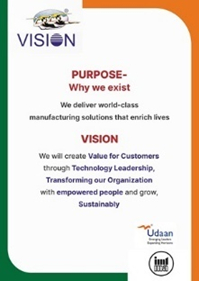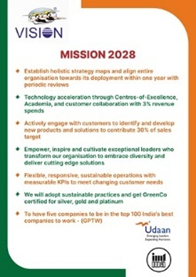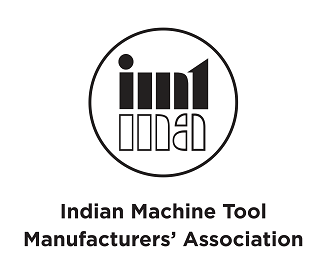
Vision Symposium
Regional ‘Vision’ Conclave - West
27 - 28 February 2025: Pune
.png)
Indian Machine ToolManufacturers Association (IMTMA) organised the Regional ‘VISION’ Conclave - West in Pune on 27- 28 February 2025 to provide MSME members of IMTMA with a structured understanding of the Vision, Mission, and Purpose of the Indian machine tool industry.
The conclave facilitated meaningful discussions on the current industry landscape, emerging trends, and key challenges. It also offered an in-depth understanding of IMTMA’s ‘VISION’ declaration, the strategy development process, and the broader objectives guiding the industry’s future.
A significant emphasis was placed on aligning the business goals of MSMEs with the collective vision of the machine tool industry. The need to promote inclusive growth by actively involving the entire value chain, including MSMEs, machine tool OEMs, and supply chain partners, was clearly articulated.
A key highlight of the conclave was the Visioning Exercise during which the methodology of vision-building was presented in a structured format. This was followed by an interactive workshop on contradictions, enabling participants to identify internal conflicts or blocks that hinder progress and to reflect on actionable resolutions.
Renowned facilitator Mr. Manish Gupta from Chrysalis Business Solutions Pvt. Ltd. conducted key sessions on Strategy Development and Execution, People and Organisational Culture and Leadership and Management Excellence.
These sessions offered actionable frameworks and insights for MSMEs to build resilient and future-oriented organisations.
PURPOSE’ & ‘VISION’ Declaration and ‘MISSION 2028’ strategies are given below:

Machine tool industry Vision Statement released during 17th Vision Conclave

Machine tool industry Mission Statement released during 17th Mission Conclave
© IMTMA 2026. All rights reserved
